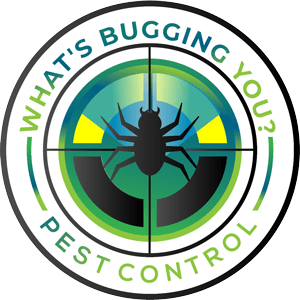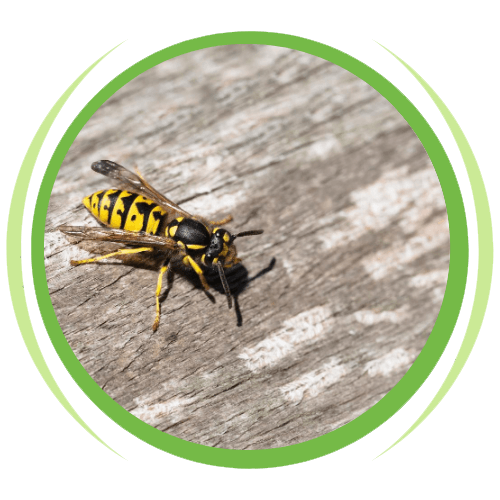Though we may be many times their size, even the bravest adults can feel a twinge of fear in the presence of stinging insects. The circulation of horror stories is enough to make anyone uncomfortable. For example, the Asian Giant Hornet is the size of a human thumb and sensitive to sweat, making them particularly attracted to those who run. Depending on your reaction, insect stings can leave you feeling miserable for days or even require hospitalization. In the United States, there are an estimated 220,000 annual visits to the emergency room and nearly 60 deaths annually caused by stings from hornets, wasps, and bees.
Fortunately, to most individuals, a bee sting or two is nothing more than a temporary pinch. The average person can safely tolerate ten stings for each pound of body weight, meaning an adult can likely withstand over 1,000 stings. The real danger come to those with allergies, with which one sting can cause anaphylactic shock. If you or someone you know gets stung and experiences symptoms such as difficulty breathing, swelling of the throat or tongue, dizziness, nausea, or hives, seek medical attention right away.
Despite such extreme cases, most stinging insects are non-aggressive and will leave you alone unless provoked. Though it may be irritating when they come for your outdoor meal, resist the urge to swat at them like a fly. Instead, gently brush them off when they land on you. Ignore them, and they will likely return the favor.
Common Stinging Insects In Michigan
Aside from bees, most stinging insects are from the wasp family. Wasps are carnivores and live off eating other insects. While bees have but one sting in them, wasps can sting multiple times without self-harm. When engaged in an attack, they send out an alarm to other wasps in the area through the use of pheromones. Hence, an isolated strike from a single wasp can quickly become a full-on swarm assault, which makes them especially hazardous to humans.
Often mistaken for bees, Yellow Jackets are one of the wasps you are most likely to encounter. As food becomes scarcer in the late summer and early fall, they begin to crave sugar. Close up your picnic baskets and cover any sugary drinks, as these aggressive pests are the cause of most stinging insect allergy cases in North America.
Despite their name, Bald-faced Hornets are actually wasps. While large, they are unlikely to attack you unless you come within a few feet of their nest. To find such a nest, look to the trees and under the eaves of your home, where they build a pear-shaped hive of paper-like layers. Foraging night and day, European Hornets are the only real hornet in North America, and their sting rarely requires medical attention. They tend to hide their colonies deep inside structures, such as inside the walls of buildings, making them particularly tricky to exterminate.
Nest Removal
Most species of stinging insects are hyper-protective of their homes and most vicious when their colony is threatened. Removing one yourself can be dangerous, and you will likely get stung. If you find a nest near your home or encounter increased insect activity, contact a professional pest control company right away. At What’s Bugging You? Pest Control, we use the newest methods to take care of flying pests quickly and efficiently. Contact us today to keep your property hive and stinger free.

